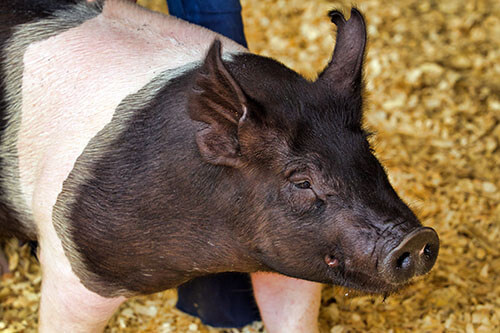Raising Pigs
Jan 25, 2021

By Candice Johns withMannaPro
The pig may be the most judged and misunderstood animal on the farm. They are loved for their bacon and hated for their mess. Their hams are served for Easter lunch, but no one wants to have a pig on the farm. If you’ve seen the movies “Babe” or “Charlotte’s Web,” you know how charming a piglet can be. I am here to tell you that owning your own piggies probably won’t disappoint you. They are hearty, simple to raise and produce an extreme amount of meat in an amazingly short amount of time.
If you’ve ever wondered what it would be like to raise pigs, look no further!
Why You Should Consider Raising Pigs
For more information on raising pigs stop by the local Co-op!
The pig may be the most judged and misunderstood animal on the farm. They are loved for their bacon and hated for their mess. Their hams are served for Easter lunch, but no one wants to have a pig on the farm. If you’ve seen the movies “Babe” or “Charlotte’s Web,” you know how charming a piglet can be. I am here to tell you that owning your own piggies probably won’t disappoint you. They are hearty, simple to raise and produce an extreme amount of meat in an amazingly short amount of time.
If you’ve ever wondered what it would be like to raise pigs, look no further!
Why You Should Consider Raising Pigs
- Easy, Fun, Cute
- Clean
- Hearty
- Easy to Keep Fenced In
- Pigs Don’t Need a Lot of Space
- Give them enough room. They don’t need a lot, but be sure they have an area to use as the “bathroom” and not live in.
- Put the pig pasture downwind from your house
- Amazing Food for Your Table
- Land Cultivation
- Fast
For more information on raising pigs stop by the local Co-op!